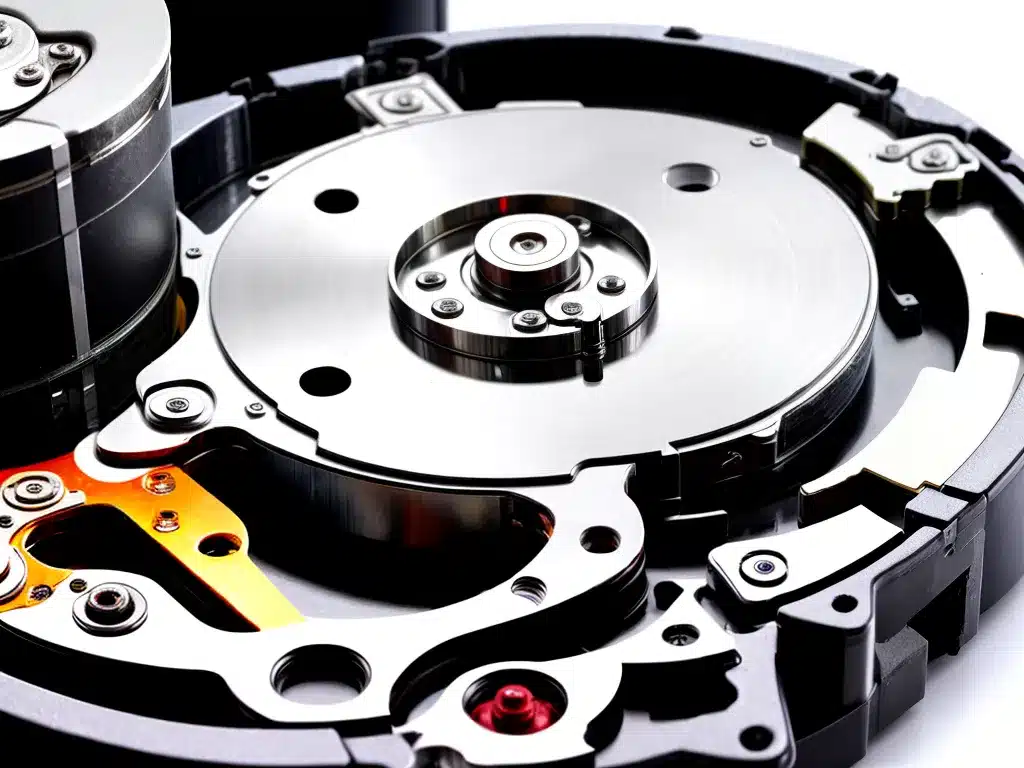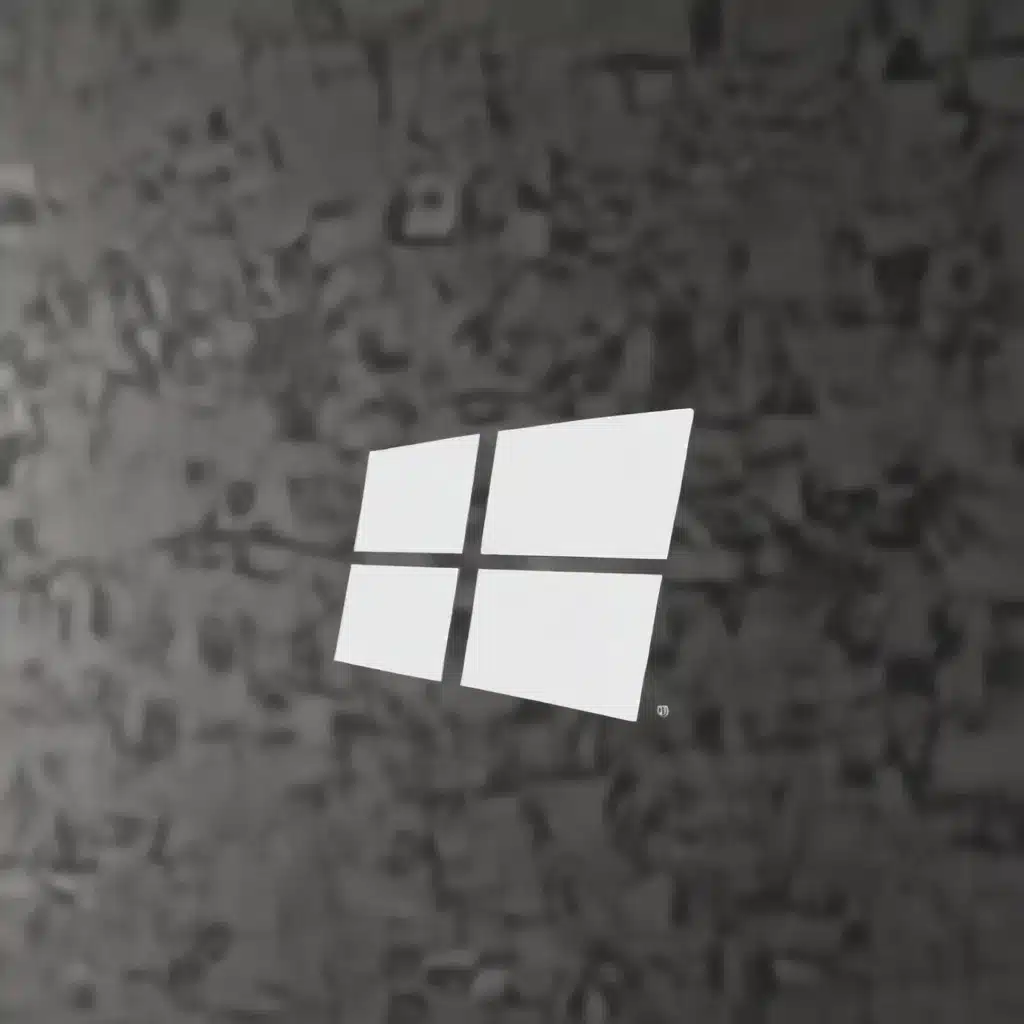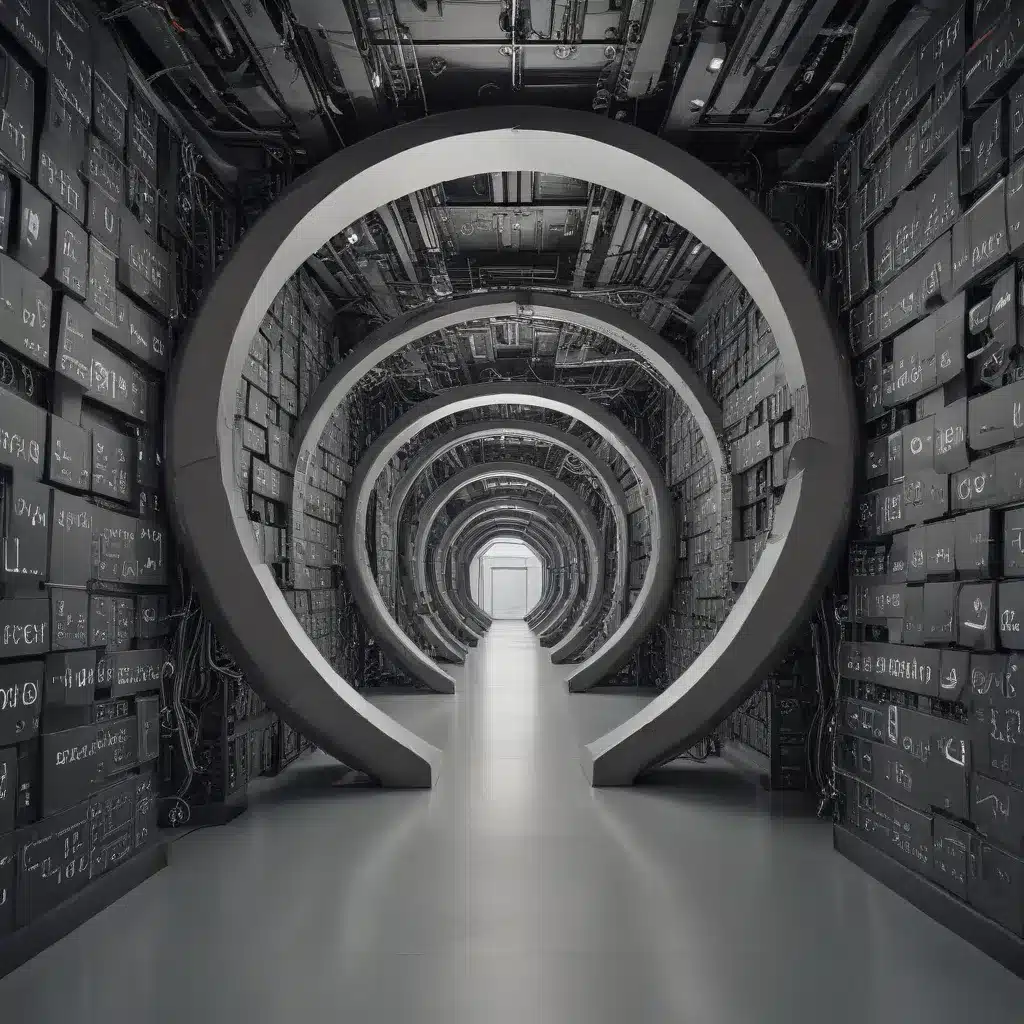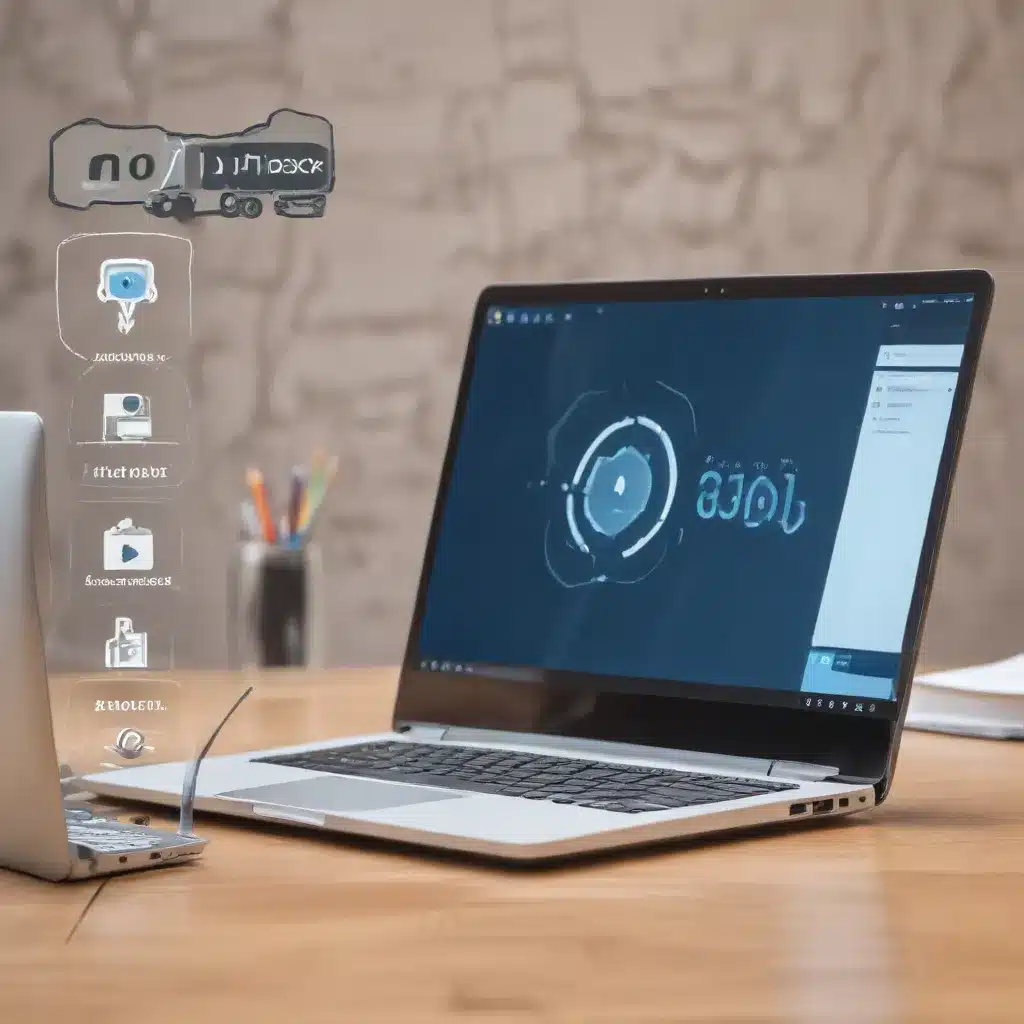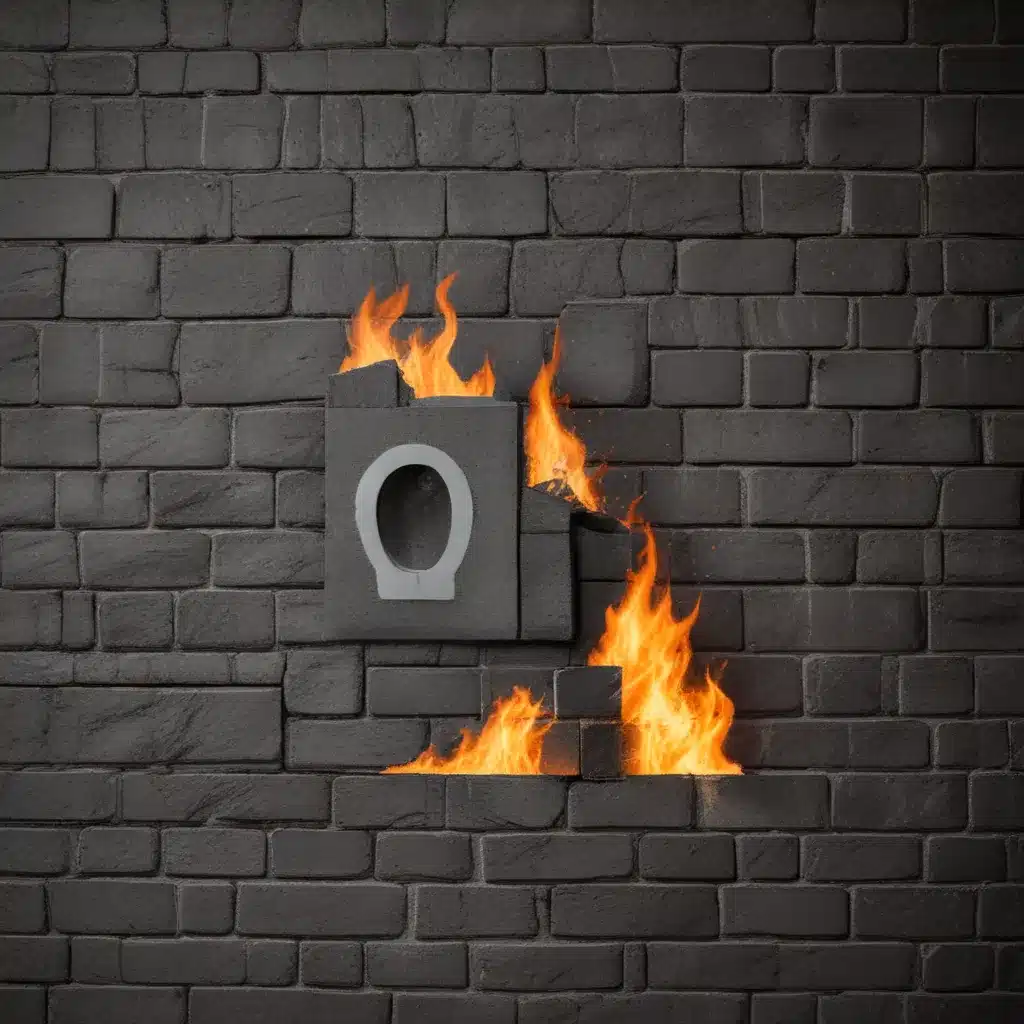Introduction
Data recovery from a physically damaged hard drive can be challenging, but is often possible with the right tools and techniques. As someone who has experienced a hard drive failure, I know how stressful it can be trying to recover important files and information. In this article, I will provide an in-depth overview on the various methods for recovering data from physically damaged hard drives based on my personal experience and expertise in the field.
Evaluating the Hard Drive Damage
The first step is to evaluate the type and extent of damage to the hard drive. Some of the most common physical damage includes:
-
Scratched platters: The disk platters inside the hard drive that store the data are scratched or damaged. This can prevent the read/write heads from accessing the data.
-
Head crashes: The read/write heads have made contact with the platters, damaging both the heads and platters.
-
Motor issues: Problems with the motor can prevent the platters from spinning properly.
-
Degraded magnetics: The magnetic properties of the platters have started to degrade over time.
-
Firmware damage: The hard drive’s firmware that controls the functionality can become corrupted or damaged.
-
Water/fire damage: Exposure to water, extreme heat, or other environmental damage can ruin a hard drive.
The severity of the physical damage will determine the recovery methods and overall chances of success. Minor issues increase the chances while substantial damage reduces the likelihood and amount of recoverable data.
Repairing the Hard Drive
Before attempting data recovery, it may be necessary to repair certain types of physical damage:
-
Replace heads: Swapping out damaged read/write heads can allow a drive to function again. This requires a cleanroom to prevent further contamination.
-
Motor repairs: Specialized companies can fix motor issues and get the platters spinning again. This may involve replacing the motor or circuit boards.
-
Firmware repairs: Some companies offer services to repair corrupted firmware chips and restore drive functionality.
However, repairs are often expensive with no guarantee of success. In some cases, it is more cost effective to attempt data recovery first before investing in drive repairs.
Cloning the Drive
Once the hard drive is functioning, even at a basic level, the next step is creating a complete sector-by-sector clone or image of the drive.
This is critically important for two reasons:
-
It prevents the risk of further data loss from a failing drive.
-
Data recovery tools work from the clone, not the original drive.
Popular cloning tools include ddrescue and HDDSuperClone. The clone allows data recovery methods to be attempted without damaging the original drive any further.
Choosing a Data Recovery Approach
The main data recovery approaches include:
-
Repair filesystem and logical errors: Errors in the filesystem, partitioning, boot sectors, or other logical places where the OS stores drive data and structure can often be repaired. This allows the OS to recognize the drive and read the files again. Common tools include TestDisk and filesystem repair utilities.
-
Extract files from drives with bad sectors: If the drive has readable sectors, data carving can extract files by looking for headers, footers, and patterns. This works like salvaging individual gems from a broken necklace. Programs like Ontrack EasyRecovery can perform this data carving even with substantial bad sectors.
-
Rebuild the drive from the original bit-level data: This approach involves reading and analyzing the raw sectors on the clone drive to recover the 1s and 0s of the original data. It is the most complex and time-consuming option, but can work in cases where all filesystem metadata is corrupt or missing. R-Studio is the leading tool for bit-level reconstruction.
The best approach depends on the damage and specific problem. Logical software repairs offer the quickest and easiest option when feasible. Bit-level recovery is the slowest but most comprehensive option when all else fails.
Handling Severely Damaged Drives
In cases of severe physical damage where the drive cannot power on or the platters do not spin, specialized companies can dismantle the drive in a dust-free cleanroom and attempt to remove the platters and read them using specialized equipment. This “platter transplant” is an expensive last resort for valuable data.
Other methods like drive freezing or electrical techniques to reset drive components are controversial and the risks likely outweigh any benefits. Consult a reputable data recovery pro before attempting these methods.
Preventing Data Loss in the Future
Recovering data from a damaged hard drive can be challenging and stressful. The best way to avoid this situation is prevention:
-
Have a good backup policy: Maintain recent backups of critical data so it can be restored if needed. The 3-2-1 backup rule provides an excellent guideline.
-
Handle drives with care: Drives are fragile devices and rough handling is a common cause of damage. Protect drives in transit and use proper packaging.
-
Monitor drive health: Watch for warning signs like bad sectors and have ageing drives copied before problems occur.
No backup system is perfect, but following best practices can minimize reliance on difficult drive recoveries. Prevention is always better than the cure.
Conclusion
Recovering data from a damaged hard drive is possible if the right techniques are used based on the type and extent of the physical damage. Minor issues can often be repaired while serious damage requires a data recovery specialist. Cloning the drive, repairing the filesystem, and reconstructing data are the main approaches. For best results, handle drives with care and maintain good backups. While drive recovery is difficult, much or all of the data can potentially be saved.

